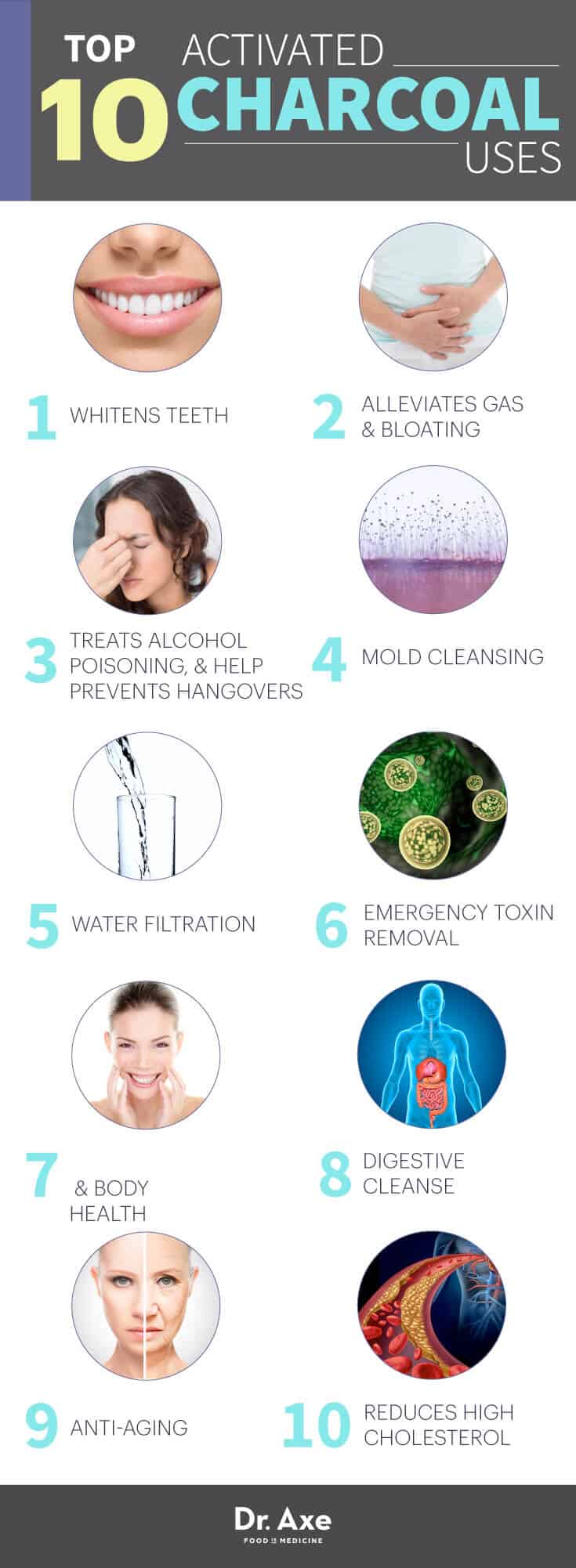Aluminium
Some say that aluminium exposure can damage your health. But scientific evidence does not support this. In some circumstances, aluminium can actually improve our health.
We are exposed to aluminium in many ways:

- The Earth’s crust (7 percent of Earth’s crust is aluminium)
- Most rocks and soils (where aluminium occurs in various chemical forms)
- Vegetation
- Naturally in most water supplies
- As part of dust particles in the air
- In all clays (which has made it a part of for instance cooking pots since our first civilizations)
As you can see, our evolution has developed in an aluminium-rich environment.
Eat and drink
Food is the most important source of aluminium for the human body, with medicines that contains aluminium.

Most of the intake of aluminium from food comes from the natural content of aluminium in fruit and vegetables. This is because plants absorb aluminium from the soil.
Some foods contain added aluminium salts. In Europe, the daily aluminium intake from food is estimated at 3-10 milligrams.
To prepare, preserve and store food and drinks, aluminium in used in foils, menu trays, cans, etc. The amount of aluminium we get in our bodies from cans, foil or saucepans is very small (About 0.1 mg/day).
Water
Aluminium is a natural component in surface and ground water. It is also common to use aluminium sulfate or “alum” for efficient purification of water supplies.

However, aluminium in water is less than 1 percent of our daily aluminium intake.
Medicines, vaccines and cosmetics
Aluminium in medicine goes back to ancient Greek and Rome, where aluminium compounds were used as an astringent, for example to stop bleedings.

Nowadays, the main aluminium compound in medicine is aluminium hydroxide. This is used to treat stomach ulcers and kidney failure. Some vaccines contain aluminium compounds to make them more efficient.
Aluminium salts are used in cosmetic products like deodorants. The aluminium salts block sweat ducts and reduce the amount of sweat on the surface of the skin.
Breath
Inhalation of aluminium through air is a small source of exposure. According to the World Health Organization, the exposure is up to 0.04 mg/day, which is less than 1 percent of the contribution we get through food.
Intake and uptake
Most of the aluminium we get through food, water, beverages and medicine, passes through the digestive system without being absorbed by the body.
There seems to be no clear evidence of a correlation between the amount of aluminium ingested and uptake in ‘normal’ people. But this does not take into consideration situations where the barriers are being bypassed. Some studies seem to show that a high intake and uptake of aluminium gives toxic effects.
When aluminium is absorbed, it is carried through the blood stream to the kidneys, where it is rapidly discharged.
Patients with kidney failure will not be able to eliminate aluminium, and the aluminium can accumulate and cause a toxic effect. It is important that people with kidney failure only use aluminium-free water when undergoing dialysis.
Negative effects
High levels of aluminium in the body have been shown to have neurotoxic effects, effects on bone and possibly reproduction.
This occurs when the amount of aluminium consumed exceeds the body’s capacity to excrete it, because the aluminium is then deposited in our bodies and can cause problems.
Some studies have indicated abnormal volumes of aluminium in brain tissue of Alzheimer patients. Other studies show no correlation between aluminium intake and Alzheimer. The theories have caused a lot of discussions, and there are many different opinions.
Positive effects
Todays research does not support suggestions to exclude commonly used aluminium products. The exception is patients with kidney failure, who should avoid aluminium entering their bloodstream through dialysis.

